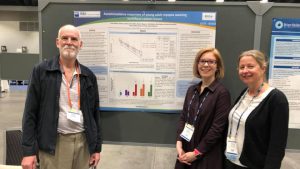Managing a myopic anisometropic amblyopic child
This case is not your typical astigmatic myope. There are several features to this patient that require careful consideration, including high myopia, amblyopia, myopia correction and control, and eye health management.




















